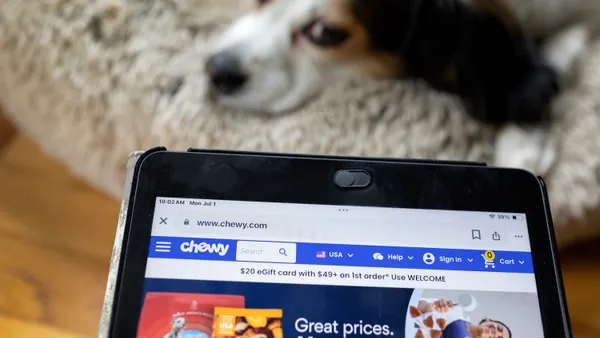Editor’s note: The following is a guest article from Leah Leachman, a senior director analyst in the Gartner Marketing Practice.
The post-purchase experience plays a crucial role in building customer loyalty and trust, yet recent Gartner research finds the majority of marketing budgets are often allocated to customer acquisition as opposed to customer advocacy.
However, those leaders that spent more on loyalty and advocacy than their peers exceeded their profitability goals.
The customer journey does not end when a customer clicks “buy.” In fact, it’s just the beginning of the next leg of the post-purchase journey. What transpires after the transaction can transform existing customers into brand advocates.
The post-purchase experience offers CX leaders an opportunity to increase brand loyalty and repurchase intention, in turn deepening customer relationships and driving growth.
The buy is only the beginning
As leaders are asked to do more with less, value creation can be achieved from unlocking new revenues from existing customers.
Instead of focusing solely on growth through acquisition, CX leaders can put the entire customer journey on the table to optimize customer acquisition, growth and loyalty.
The goal of an end-to-end journey is not to simply acquire customers, but rather to create strong, resilient relationships and turn first-time shoppers to loyal customers.
In order to create powerful experiences “beyond the buy,” CX leaders should take into consideration three levels of customer value:
- Functional value revolves around demonstrating how a product fits customer needs through education or efficiency.
- Personal value is about supporting a customer’s choice by facilitating a connection to others like them or providing direction by guiding them to the right product or solution.
- Catalytic value centers around shaping a customer’s journey by enabling greater understanding of their needs, whether through self-discovery, self-reflection, agency or affirmation.
These three levels of value fall into two dimensions: value framing, which enables customers to understand what they value; or value affirmation, which helps customers find value out of a decision they’ve already made.
CX leaders can offer these different types of customer value by identifying pivotal moments in a customers’ journey.
Strengthen customer relationships by applying value at pivotal moments
CX leaders should focus their efforts on offering high-value experiences to the areas of the customer journey where they have the best opportunity to strengthen their relationship with customers
Leaders can collaborate with internal teams, such as marketing, social media, UX and customer service, to gather voice of the customer research, user research and customer journeys to surface key moments in a customer’s journey post-acquisition.
VoC research, such as surveys and social listening, can help identify patterns across customer personas that indicate where customers have common objectives, unmet needs, uncertainty or challenges.
By identifying patterns in customers’ needs and goals, leaders can reinforce the value that an existing customer obtains from the brand. They can start by asking questions such as:
- What stage of the journey represents a pivotal moment for customers?
- Which high-value experiences would be most relevant and impactful for customers, and where is the brand best-positioned to deliver? For example, a brand might be best positioned to offer education and affirmation after learning that most customer engagement comes from videos and blog posts featuring how customers use products in new ways.
- What experiences can leaders test and measure?
It’s important for CX leaders to remember that the best customer relationships are not made by asking customers what they want, but by listening and helping them realize how they can be the best version of themselves.
To develop an army of advocates who will help a brand acquire and grow, leaders ought to focus on supporting a current customer’s experience.











